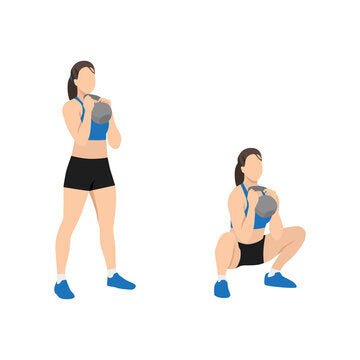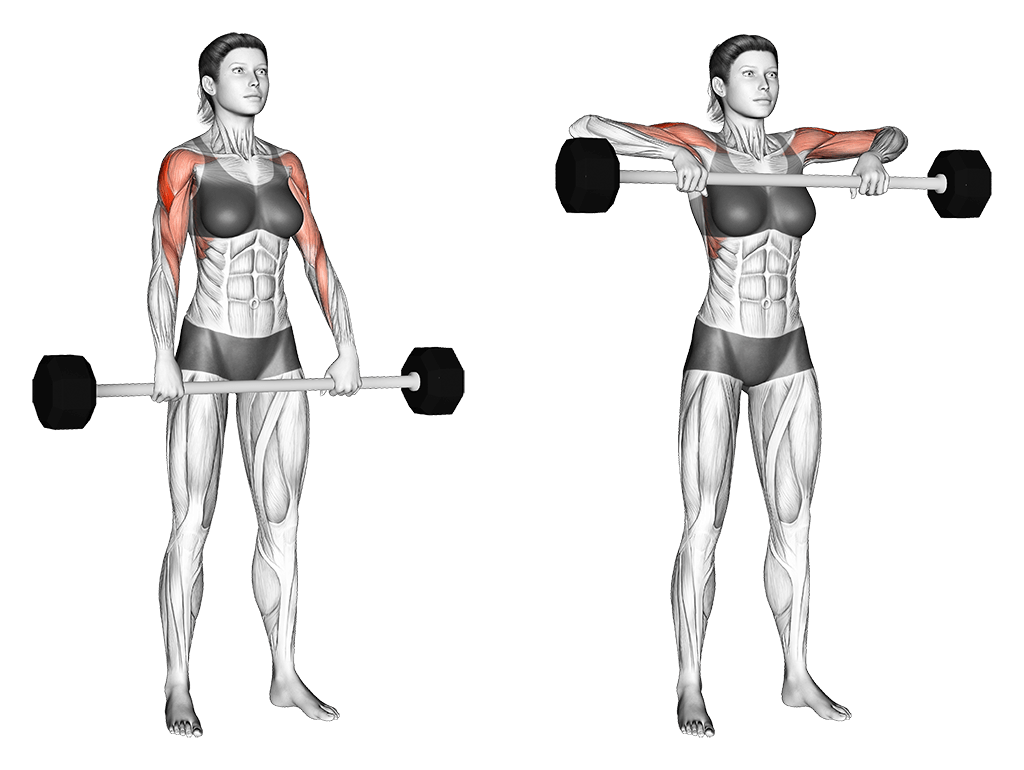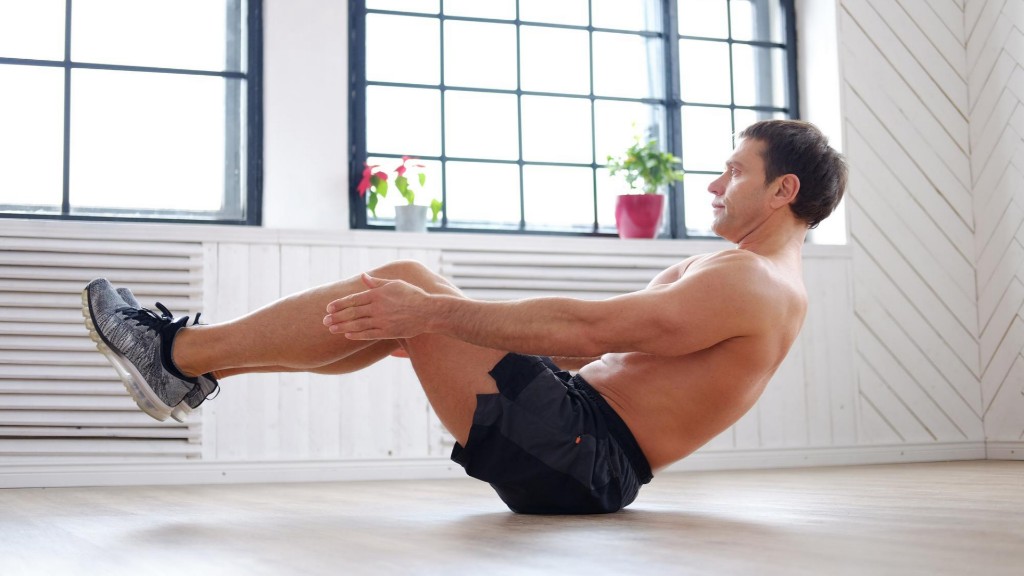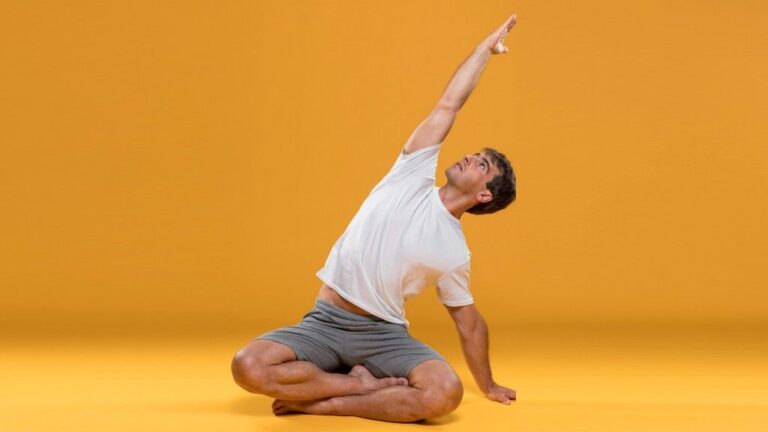Exercises That Are Slowly Destroying Your Body – When it comes to fitness, enthusiasm is key—but so is knowing what not to do. For people over 40 or those new to working out, certain exercises can do more harm than good, especially if performed with poor form or without considering the body’s natural changes that come with age.
Joints become less forgiving, muscles may be weaker from years of inactivity, and posture often needs extra attention. That’s why we’re breaking down four common exercises to avoid, explaining the risks, and offering safer alternatives backed by expert insight. Let’s keep you moving safely and effectively!
Table of Contents
1. Behind-the-Neck Shoulder Press – Risky for Shoulders and Posture

Why It’s Risky: This exercise involves pressing a barbell overhead while starting with your arms behind your head. The problem? It forces your shoulders into extreme external rotation, which can strain the rotator cuff and compromise joint stability. “Behind-the-neck presses put unnecessary stress on the shoulder joint and promote poor posture by encouraging forward head tilt,” warns Dr. Sarah Collins, a sports medicine physician.
Also Read: 7 Daily Exercises Women Should Never Skip To Stay Fit
Safer Alternative: Dumbbell Shoulder Press

Instead, try the dumbbell shoulder press, which allows for a more natural range of motion and reduces strain on the shoulder joint. Sit or stand with a dumbbell in each hand at shoulder height, palms facing forward. Press the weights upward until your arms are fully extended, then lower them back down with control.
Benefits: Strengthens your shoulders and upper body while promoting better posture and reducing injury risk.
2. Full-Range Sit-Ups – Hard on the Lower Back

Why It’s Risky: Sit-ups might seem like a classic ab exercise, but they place significant stress on the lower back and hip flexors, especially for individuals with weak cores or pre-existing back issues. “The repeated flexion of the spine during sit-ups can aggravate disc-related problems and lead to long-term discomfort,” explains certified trainer James Bennett.
Also Read: Get Fit Fast: 5 Compound Exercises to Change Your Shape Before 40
Safer Alternative: Dead Bug
The dead bug is a gentle yet effective core exercise that stabilizes your spine and protects your lower back. Lie on your back with arms extended toward the ceiling and knees bent at 90 degrees. Slowly extend one arm overhead and the opposite leg toward the floor, keeping your lower back pressed into the mat. Return to the starting position and alternate sides.
Benefits: Builds core strength, improves spinal stability, and reduces the risk of lower back pain.
3. Deep Squats with Poor Form – Tough on Knees and Hips

Why It’s Risky: Deep squats can be great—if done correctly. However, many people over 40 lack the mobility or strength to perform them safely, leading to knee strain, hip discomfort, or even lower back issues. “Forcing your body into a deep squat without proper alignment puts excessive pressure on your joints,” says Dr. Collins.
Also Read: 7 Fitness Habits That Destroy Your Back Health After 50
Safer Alternative: Goblet Squat

The goblet squat is a beginner-friendly squat variation that emphasizes form and mobility. Hold a dumbbell or kettlebell close to your chest, stand with feet shoulder-width apart, and lower into a squat by pushing your hips back and bending your knees. Go as low as feels comfortable, keeping your chest up and weight in your heels.
Benefits: Strengthens your legs and glutes, improves hip mobility, and supports functional movements like bending and lifting.
4. Upright Rows – Problematic for Shoulders and Wrists

Why It’s Risky: Upright rows involve pulling a barbell or dumbbells vertically along your body, but this movement can cause shoulder impingement—especially if your wrists and elbows rise above shoulder height. “This exercise narrows the space in your shoulder joint, increasing the risk of irritation or injury,” explains Bennett.
Also Read: Torch Fat & Build Muscle in Just 20 Minutes With This Workout
Safer Alternative: Face Pulls
Face pulls are a fantastic alternative that strengthens the rear delts and upper back while improving shoulder health. Using a resistance band or cable machine, pull the handles toward your face, keeping your elbows high and squeezing your shoulder blades together.
Benefits: Enhances posture, strengthens the upper back, and reduces the risk of shoulder injuries.




